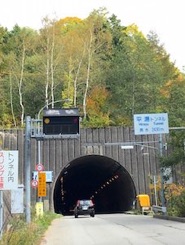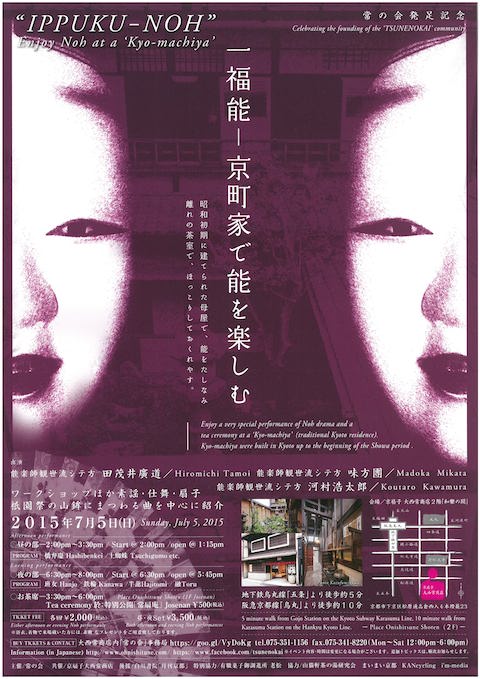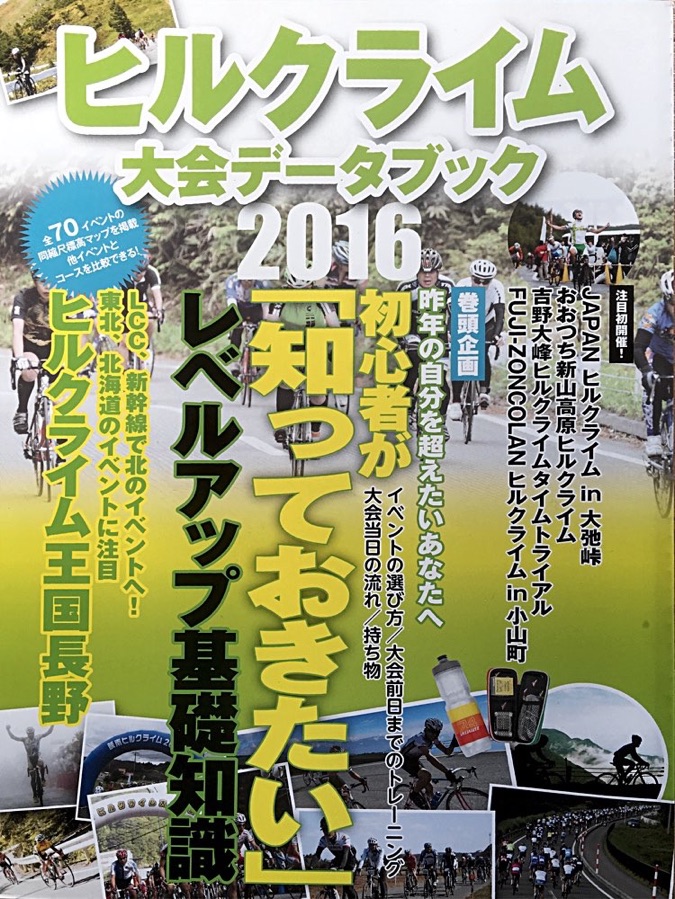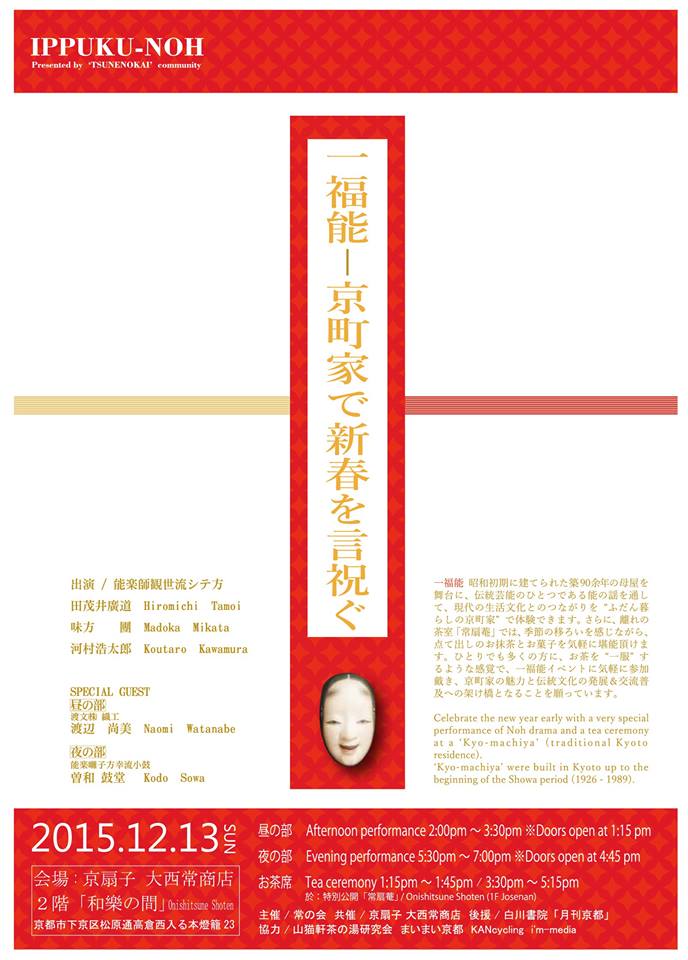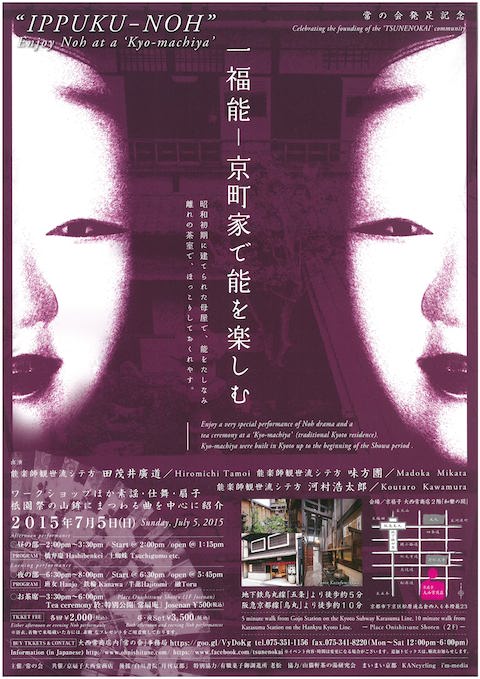OLDER NEWS (continued)
DEFINITELY NOT AN UPGRADE
The May issue of Cycle Sports magazine is out, and the good news is that it includes a Long Ride / Hill Climb supplement. The very bad news is that this version is a pale imitation of what we’ve been used to. Instead of a full-color glossy 100-page pamphlet, this year we get essentially a small two-color calendar with few photos and no maps, and a list of events in the back. So the information is here, and that’s useful, but this is no longer one of the highlights of the year in cycling magazines. Hopefully Cycle Sports will realize what a major disappointment this is for us and they’ll go back to the original style next year.
HAPPY NEW YEAR!
Best wishes for a great ride through 2019, the Year of the Pig (or on tiny roads in the wilderness areas of Japan, it would be a wild boar).
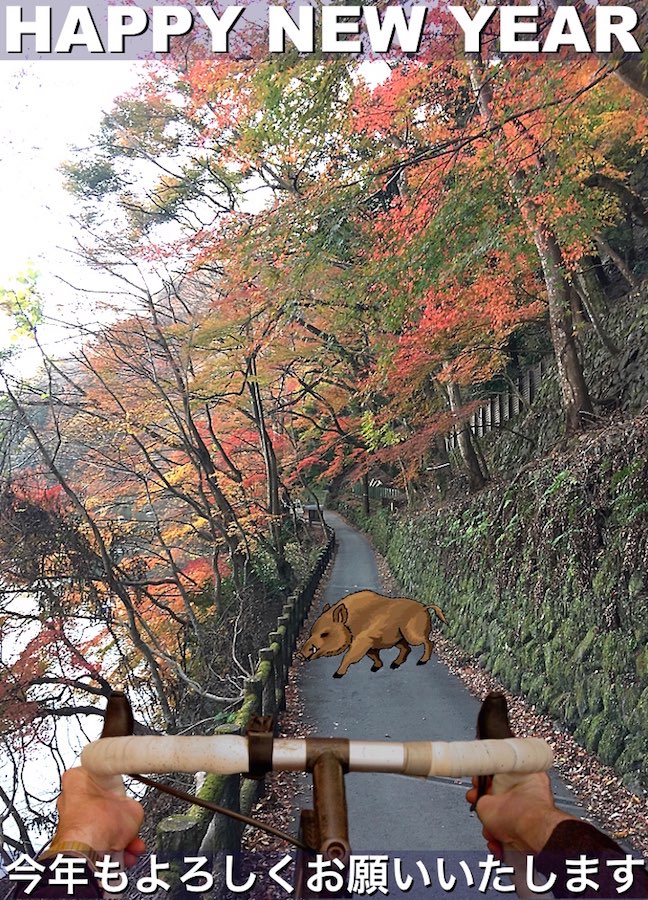
JANUARY MAGS
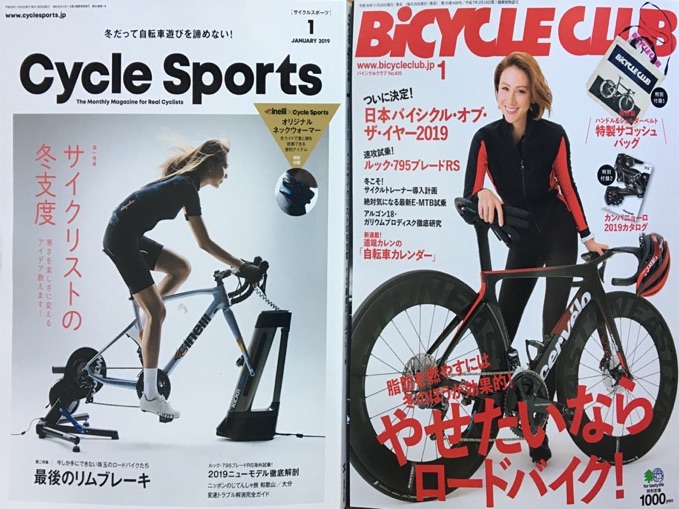
A DEFINITE PLUS
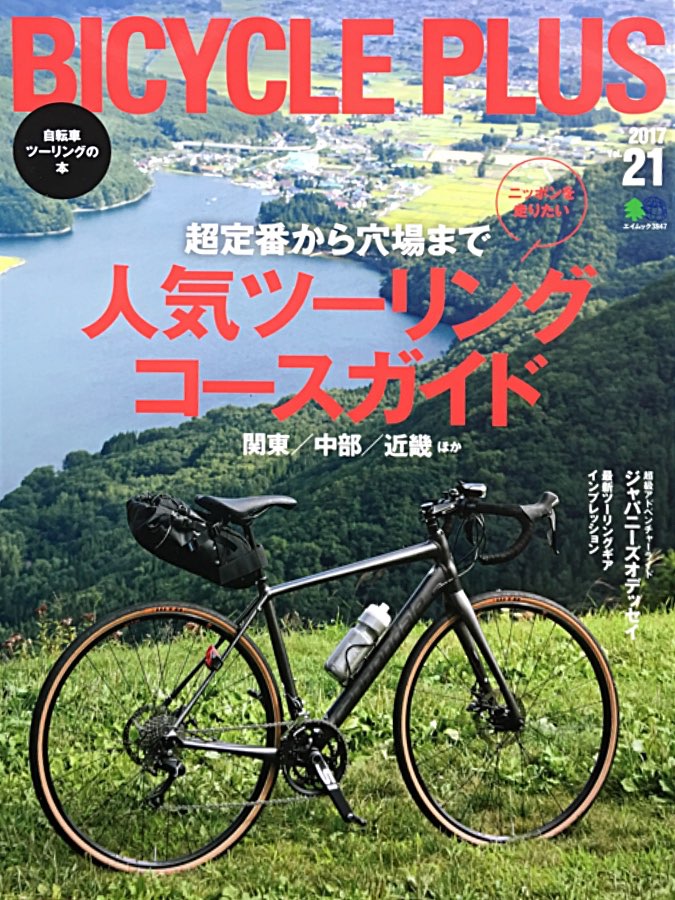
- four “cycling map” routes from maps prepared by various local communities
- a long Kansai route from Yokkaichi to Ikeda near Osaka
- a report of a tour on the Okhotsk coast of Hokkaido (but with no map!), partly on dirt/gravel roads
- a brief report on the annual “Japanese Odyssey” ride (http://www.japanese-odyssey.com/) in which riders use any route to pass 12 checkpoints on Honshu and Shikoku
- and a couple of solo touring reports.
Well worth checking out. The larger bookstores should either still have copies or be able to order it for you.
ROUTE 158 UPDATE
Our detailed report is here. The tl;dr is (a) no to that question and (b) if you decide to cycle through these tunnels, there is definitely a correct direction in which to do so, and that direction is Takayama => Matsumoto and not the other way around.
BE KIND, REWIND (YOUR RESV)
Was talking to the proprietor of a youth hostel in Japan today and he mentioned in passing that foreigners sometimes reserve months in advance, but the number of foreign travelers who cancel their reservation when they’ve decided to stay elsewhere is around 0% — he says they simply don’t show up. Needless to say, this is unconscionable. Please, if your plans change, be sure to cancel any reservations you’ve made.
MAGAZINE UPDATE

This guide appears to be part of a series that includes enjoying walking, hiking and “mountain walking” (yama-aruki). It has as much information as a stand-alone book guide, and at 880 yen it’s also a bargain. In bookstores now; get your copy before they’re all gone.
BIKEBAG UPDATE
We’ve updated the Bikebag article in our new FEATURES section to include the latest information on bikebags available in Japan.
JAPAN ALPS TUNNELS
There is also a new “FEATURES” item in the main menu that brings together some of the special reports that we’ve presented in the past (and will present in the future) — both those related directly to cycling and “off the bike” reports on other aspects of traveling in Japan.
THREE-PEAT???!!!
Unbelievable. For the third time in almost as many months, Bicycle Club magazine offers a high-quality bag included free with the magazine.

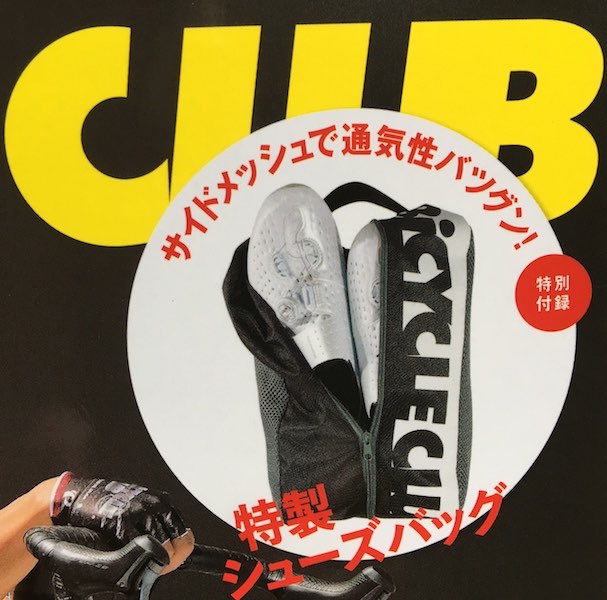
WHOOPS THEY DID IT AGAIN
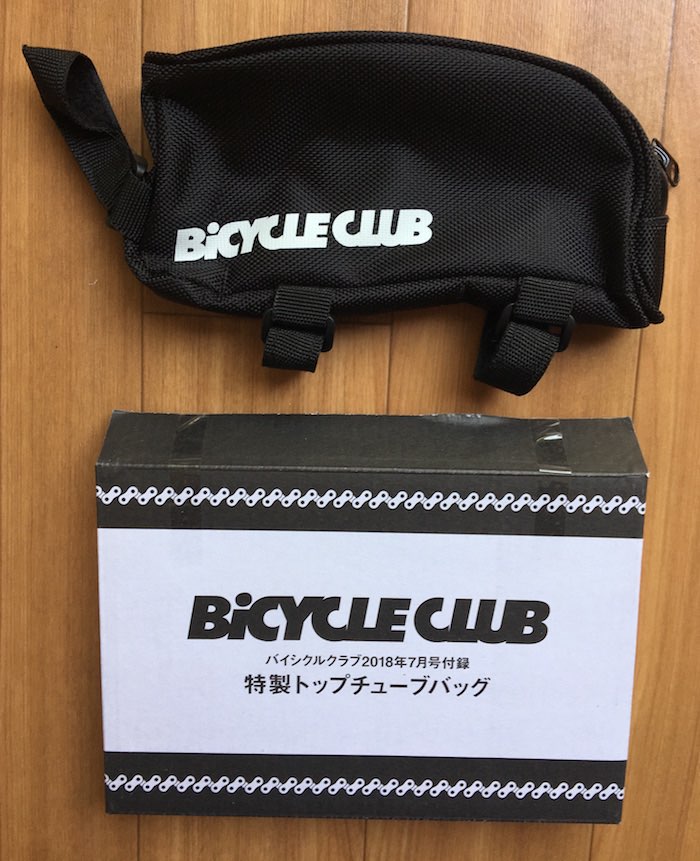
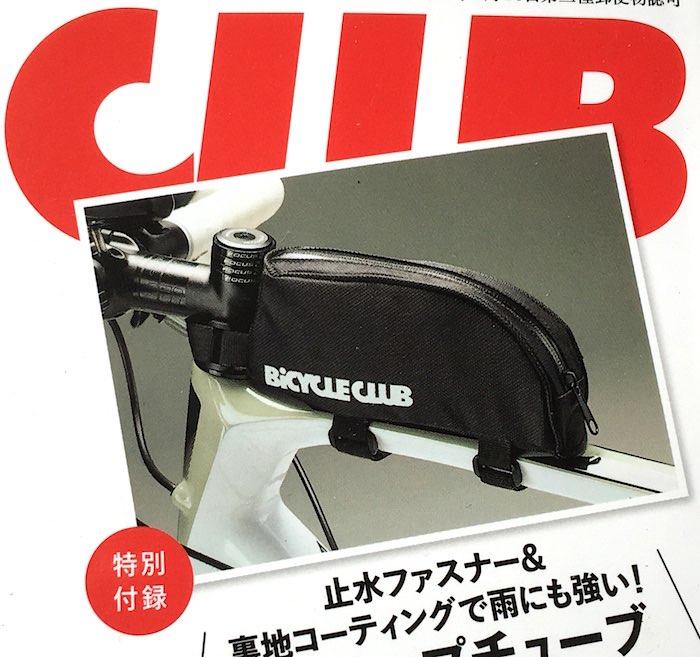
LONG RIDE / HILL CLIMB 2018
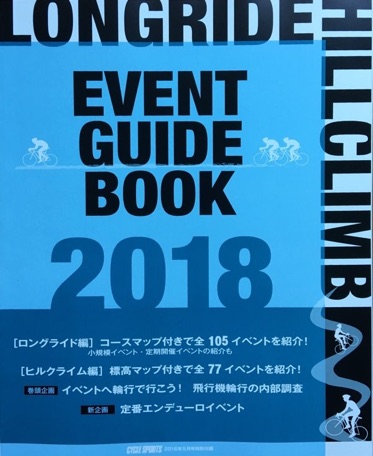
But this year is very different in that, surprisingly, the May issue of the competitor Bicycle Club magazine offers SERIOUS competition to the Cycle Sports issue, and you’ll probably want to run out and pick up both of them.

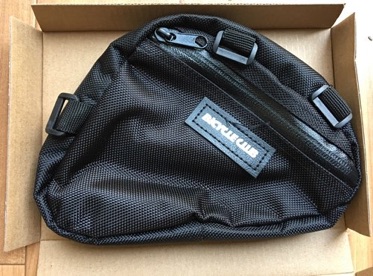
Both of these issues just went on sale and will be in stores for the next three weeks or so, but you should go out NOW to be sure to get them. Belatedly we note that the RB Sports used bookshop in Tokyo’s Jimbocho area that used to have a ton of back issues of cycling magazines has closed, so there’s no central repository for back issues any more. So don’t delay.
HAPPY NEW YEAR!
Here is the nengajo (traditional New Year’s Card) for 2018. Hoping you (make that WE) all have great rides in 2018.
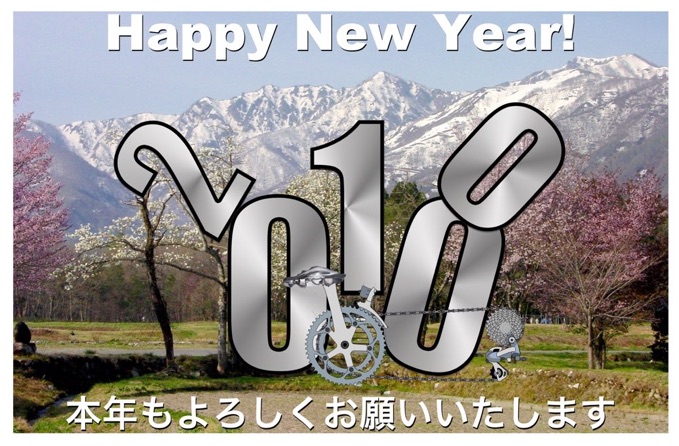
NEW ROUTE - AMAKUSA
A new route, Kagoshima => Nagasaki up Kyushu’s western coast through the Amakusa islands, has been posted. Nuts & Bolts will be added in a few days.
JAPAN ALPS TUNNELS
About to post a new route in the next few days — oddly enough, not the long-promised and long-delayed one (but that one will be coming soon as well).
Before that: we received this email from reader RC with a very on-target warning about cycling through tunnels in the Japan Alps:
Maybe it’s common to cycle in tunnels in Japan but as a newb to tunnelling I found it pretty harrowing. The traffic on route 158 moves ridiculously fast and touring with a bunch of stuff I am not up to that speed so I opted for walking along the absurdly narrow walkways which were covered in water, mud and other stuff oozing out of the tunnel walls. Anyway as you can imagine it was a pretty awful 5-6Km. Just might be good to highlight it to other readers who may not be familiar with the wormhole to hell experience. Had I known I might have gone from Takayama instead of from Shioriji.
She’s right, and we’ll reword those sections to put greater emphasis on how nasty and potentially dangerous those long tunnels can be. They’re clogged with trucks and other traffic, and the narrow walkways are really unsuitable for even walking with a bike, much less riding. If you do elect to cycle through tunnels in the Japan Alps (particularly Route 158 between Matsumoto and Takayama), make sure you have a powerful headlight AND rear light and wear the brightest and most reflective clothing you can find.
Footnote: a minor point, but the actual “wormhole from hell” was a friend’s nickname for the last tunnel before Kamikochi on local Route 24, which had to be seen to be believed. But it no longer exists — it’s been replaced with a bright, modern tunnel that’s much nicer to cycle through.
SUMMER SOURCEBOOKS
July is here, and with it the official start of summer and a whole crop of Japanese cycling magazines with great information on cycle-traveling. All of these are in the bookstores now; get yours before they’re gone.



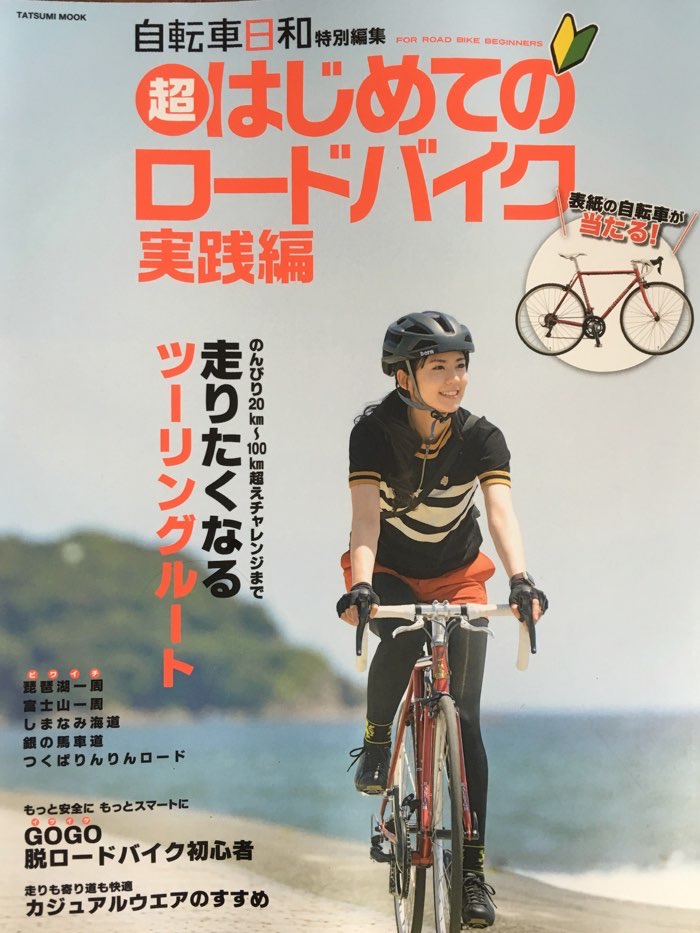
REVISED OKAYAMA VILLA ROUTE
LONG RIDE HILL CLIMB 2017

HAPPY NEW YEAR!

BIG NEWS ON OKAYAMA VILLAS
(official and unofficial)

(Read on...)
(top: view from Ushimado Villa room)
(bottom: Fukiya lower village)
The economic crash of the late 2000s resulted in the loss of prefectural support and the closure of all but two of the six original villas. Hattoji and Shiraishi are still around, but Koshihata, Takebe, Ushimado and Fukiya were closed. Koshihata was the northernmost and most remote one, and — although it was lovely — its loss is lessened by the fact that the other farmhouse villa (Hattoji) is still around. Takebe was always in our opinion the least successful villa, uncomfortably located right next to a larger tourist facility with a shared hot springs. But the loss of the spectacular views from Ushimado and (especially) the wonderful Fukiya villa with its three-story-high bath really hurt, and we’ve never given up hope that one day they might return.
With the dramatic increase in the number of foreign tourists visiting Japan, we decided that it was time to reach out to the Okayama prefectural government and see if there was any interest in reopening them and reviving the villa concept.
Koshihata and Takebe seem to be gone for good. But the great news is that Ushimado and Fukiya have reopened as privately operated facilities! (Fukiya as recently as March of this year). They’re no longer foreigner-only official villas, which means you can’t reserve them by calling the official villa number, but the original facilities (including shared kitchens) seem to be intact, and they’re still very reasonably priced given the quality.
Fukiya is now Eleven Village:
http://elevenvillgae.jimdo.com
(no, I don’t know what the name means, either)
Price for room-only w/o meals is ¥5000 per person for the first night, ¥4500 per night if you stay 2 nights, and ¥4000 per person for 3 or more nights. And since you’ll definitely want to stay at least two nights, that makes the price not so different from villa days.
(By the way, Eleven Village can also provide meals!)
Ushimado retains the original Japanese name, Ushimado Kokusai Koryu Villa:
http://nippon-olive.info/mall/villa/
Nothing seems to have changed. (They even have a link to the original English villa pamphlet on the new site!) The pricing is identical to International Villa days: ¥4000 for solo occupancy and ¥3500 per person for two in a room.
(Note that there’s next to no English on either of these sites. Hopefully something can be done about that.)
We will be visiting these facilities at the earliest possible opportunity to confirm things, and then reworking our Okayama Villa route to link these four villas together. Due to the distance between Hattoji and Fukiya, we plan to scout out a suitable facility in between for cyclists who don’t want to cycle that distance in one day.
JAPAN ALPS BUS UPDATE
Still putting the finishing touches on a new long route, and shortly after that we’ll have a new “Off The Bike” feature on Takayama! In the meantime, there’s yet more good-good-bad-news on bike bus transport to the Japan Alps:
-
-Good news: Nohi Bus going between Tokyo or Osaka/Kobe and Takayama still accepts bagged bicycles with no problems whatsoever. It’s a bit confusing since their website lists two phone numbers, first Nohi Bus in Takayama and then a number for Kintetsu Bus (which which they share some routes). If you have trouble reaching Nohi (as I did) and call the Kintetsu number and ask whether bagged bikes are allowed even on Nohi buses, the Kintetsu people will say categorically no — since that’s the Kintetsu policy. Don’t be fooled: bagged bikes ARE allowed on Nohi Bus routes.
-
-As usual, Alpico to and from Matsumoto is more of a mixed bag. I confirmed the following directly with the Alpico office in Matsumoto: (1) Routes are still shared by Alpico and Hankyu, with the time slots generally assigned to one company or the other on a fixed basis. But not always! So you have to check each time. (2) Currently, the afternoon bus leaving Matsumoto for Kyoto/Osaka is handled by Alpico, so cyclists can take that one. (3) But the bad news is that the morning route from Osaka/Kyoto to Matsumoto is now handled by Hankyu, and the afternoon bus gets you to Matsumoto just before 10:00 at night. If that’s inconvenient, you may have to find another way to get to that part of the Japan Alps.
Needless to say, all of this information is subject to change. Finally, using Japan’s very good package delivery (takkyubin) services to ship your bicycle is always an option. Look for more information on this option to be featured on the KANcycling site in the near future.
HAT TRICK
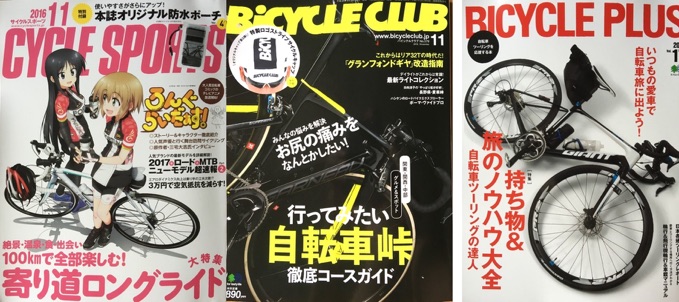
(Note: Cycling magazines used to put out route guide booklets on a regular basis, but for the past year or two, with the exception of the annual Cycle Sports long ride / hill climb event guide, magazine freebies have been mostly objects like caps and pouches and the occasional Tour du France supplement. Here’s hoping for a return to the old days.)
U (DON’T) LOCK
A new long-distance route coming very, very soon! In the meantime: here’s how NOT to use a U-Lock. Photo taken at a bicycle parking area that shall remain anonymous for obvious reasons:

SIGH. MATSUMOTO BUS.
The good news is that Alpico still accepts bagged bikes on its buses (despite the more ambiguous wording in their rules and conditions). But it appears that things have reverted to last spring, in which the 3:00 p.m. bus from Matsumoto to Kyoto/Osaka is now always run by Hankyu, which prohibits bikes on any of its buses. Alpico has an overnight, but due to the greater amount of luggage on those buses, as far as I know no companies allow bagged buses on their overnight bus routes. So cyclists wanting to return from Matsumoto to Kansai will have to overnight in Matsumoto and take the 7:10 a.m. bus. (So you’re forced to see the black castle, eat great soba and drink outstanding local sake — not such a bad thing!) Since that was the status last spring but not last autumn, this may be a seasonal thing; we’ll keep you posted.
OFF THE BIKE: “IPPUKU-NOH”
Our long-delayed special report on the event at a machiya in Kyoto is here.

















